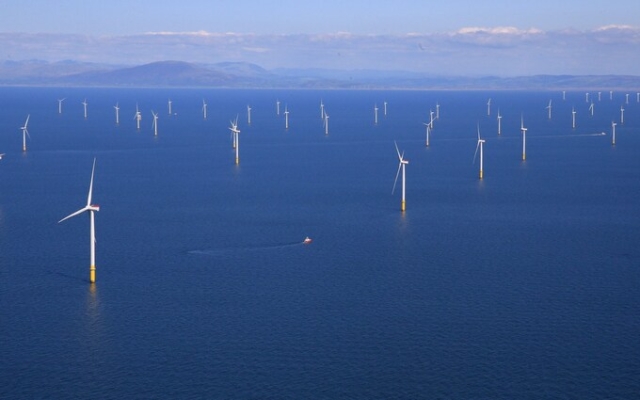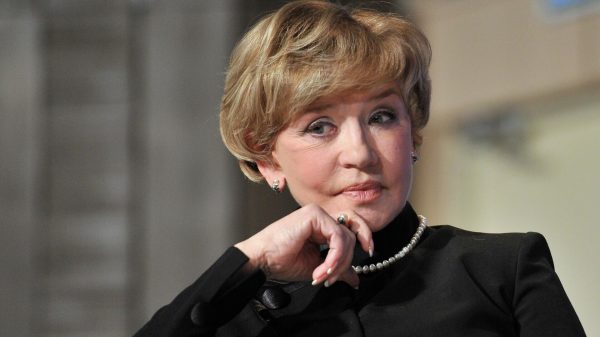 Orsted operates the Walney Extension offshore wind farm off the coast of Blackpool. Photo: REUTERS/Phil Noble
Orsted operates the Walney Extension offshore wind farm off the coast of Blackpool. Photo: REUTERS/Phil Noble
One of the UK's largest offshore wind farms. Developers have been forced to cut hundreds of jobs and exit several global markets as they grapple with rising costs.
Ørsted, which operates 12 wind farms in the UK, announced a series of cost-cutting measures after reporting losses of around £2.2 billion for 2023.
This includes the cessation of dividend payments. until 2025 and entry into several international markets, including Norway, Spain and Portugal.
Oersted's cash crunch comes after the company abandoned several unfinished projects in the US last year, suffering billions of pounds in losses.
Mads Nipper, chief executive of the Danish company, said the cost cuts would affect up to 800 positions, with expected wind farm capacity falling from 50 gigawatts to 38 gigawatts by 2030.
p> This could mean that the company will produce 1,500 fewer turbines.
Mr Nipper said: “Despite significant progress in the business, 2023 was a year of significant challenges for Ørsted.
“Our financial results were negatively impacted by the impairment charges we took on our U.S. offshore projects in the third quarter of 2023.”
The latest update also confirmed that Chairman Thomas Thun Andersen will retire in March.
Mr Andersen said: “2023 was a difficult year for Ørsted. We have learned from the challenges and are today announcing a robust business plan with revised strategic growth ambitions for 2030.»
In total, Ørsted wrote off £3.3 billion from its wind farm business.
p>
It comes as Siemens Energy, which makes turbines for many of the UK's wind farms, made a profit of €1.58bn (£1.35bn) in the first quarter, thanks to gains from the sale of its Indian subsidiary to parent Siemens for £1.8 billion.
The German company is still experiencing financial difficulties, partly caused by quality problems affecting some of its onshore wind turbines.
This led to the business being forced to apply for financial guarantee to the German government.
Siemens Energy has become an important part of the UK wind energy industry, owning a turbine blade plant in Hull, which employs 1,200 people.
In total, the company employs 6,000 people in the UK.
The company has other profitable divisions, including gas and grid technologies.
However, its business struggled last year due to problems with its wind power division, and also errors in the 4X and 5X onshore wind turbine models were withdrawn from the market.
The problem associated with faulty rotor blades and bearings led to repair costs of £1.4 billion.
>Christian Bruch, chief executive of Siemens Energy AG, said: “The strong first quarter is encouraging. We remain focused on addressing quality issues in our onshore wind business and maximizing growth potential for the rest of the company.»
Amazon's wind power takeover in the UK Read more























































Свежие комментарии